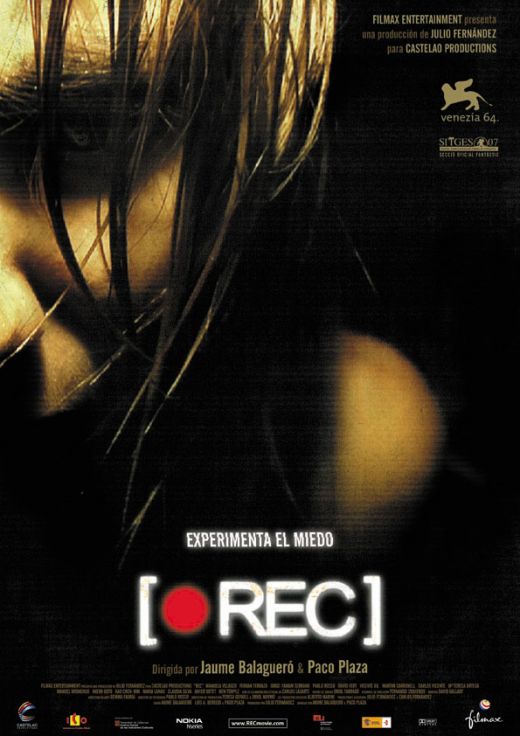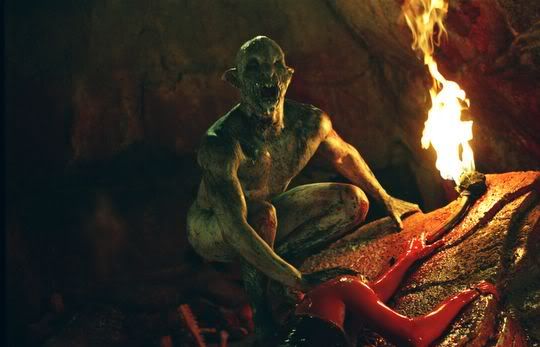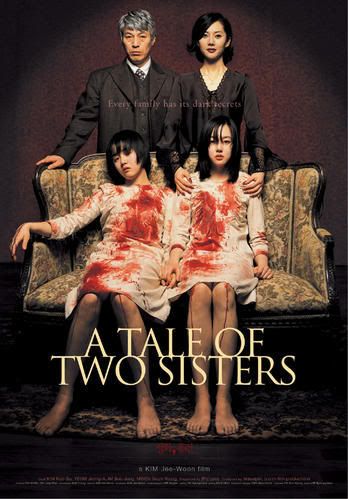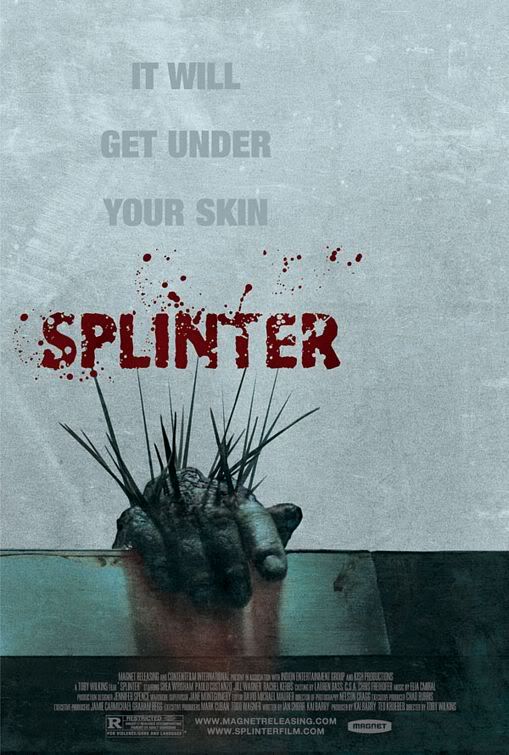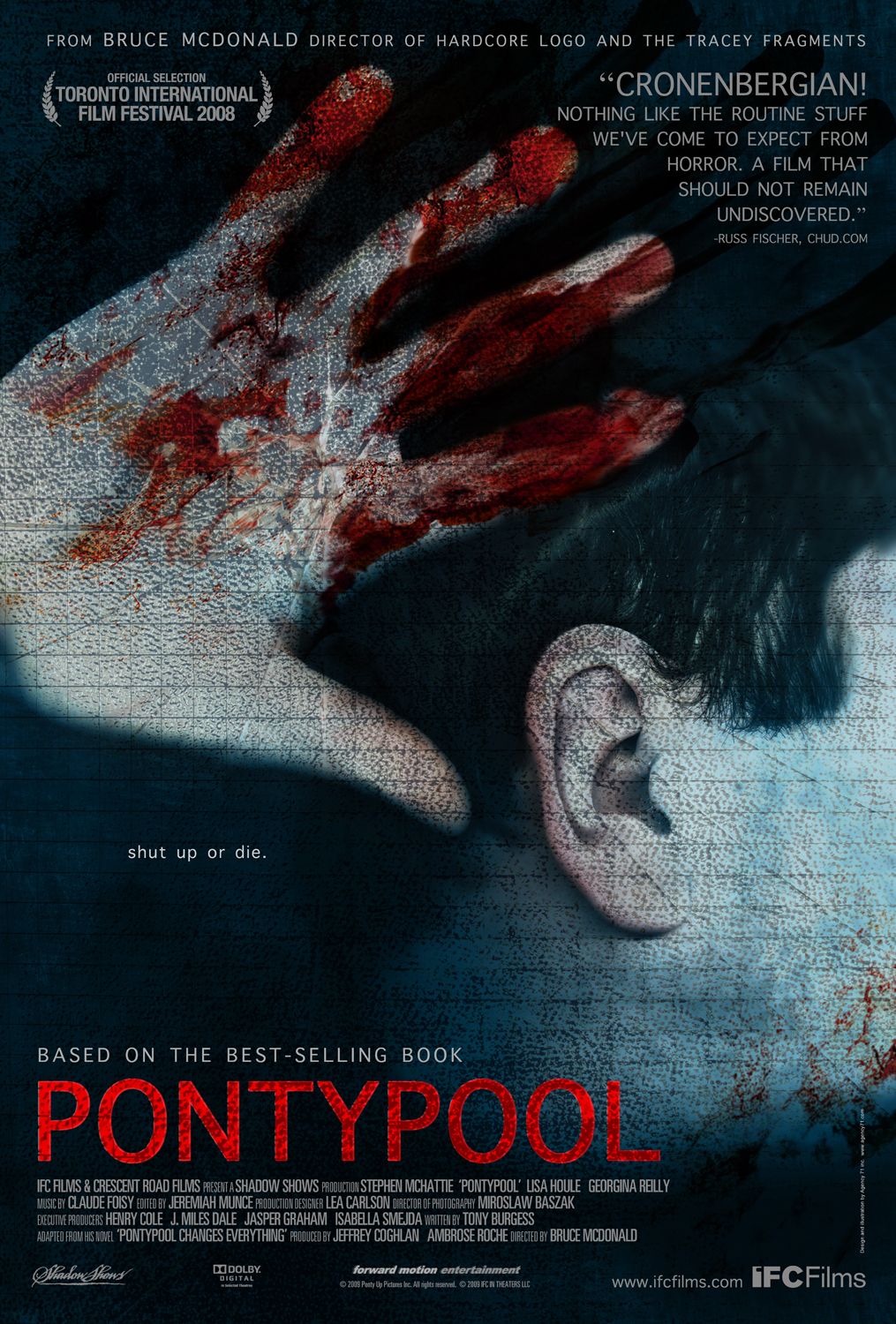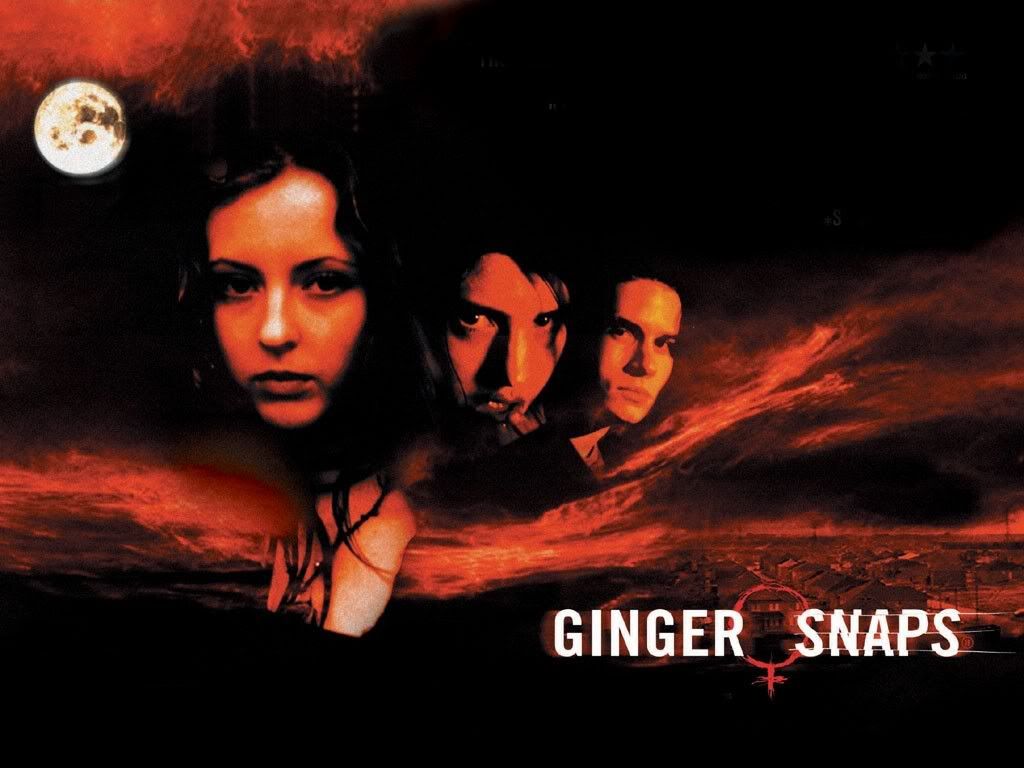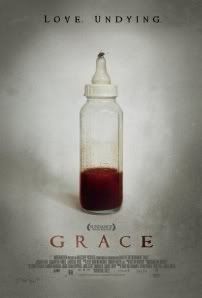Having viewed and reviewed REC, this review would fittingly build on the questions asked in the former--the question on intent.
Seeing REC2 as the expansion of the narrative of REC, the question on intention of the film makers regarding the initial stated explanation of the virus as that which caused demonic possession or symptoms therefore was answered with a big fat 'YES' which is both a good thing and a bad thing in my opinion. The YES answer is a bad thing in that this would make the premise crumble in the face of facts in our world (beyond the world of the narrative) and would make the leap in logic fall apart. The good thing about this answer though is that finally the noted ambivalence and ambiguity observed in the first film (is it that we have science to explain the religious or the religious to guide us as we wade through the possibilities of science?) is answered--that they have chosen the route of science explaining away the religious by affirming the initial explanation of demonic possession as some strain or virus in the human DNA.
The choice finally gives the film a strong footing, strong enough to entertain the fancies of those who felt the first left the religious part of the phenomenon too much in favor of their scientific inclination with the inclusion of a new central protagonist, the priest disguised as a medical rescue doctor, exploring the religious implications of the outbreak. Noted in this success is the mindblowing scene of having the priest demonstrate the spiritual nature of the virus by pointing a crucifix directly in close proximity to an infected blood sample on a petri dish which causes the liquid to boil in reswponse to the presence of the holy icon and finally burst into wild flames. In that brief scene the film succeeds to appease the audience that felt left out in th first film and was able to further nuance the problem--that although it is established in the narrative that the scientific nature of the problem exists, the spiritual aspect of the phenomenon is still central, making a cool mix, this time a welcome compromise of the two questions.
Compared to the first film, REC2 is such a success both as a rare example of a sequel that beats out the greatness (I hesitate to use the word awesomeness) of the first and as an individual film that stands alone with a much more solid narrative that provides a spiritually and scientifically sound theme.
If REC2 is a sign of how further sequels to the REC story will get better and better, then I cannot wait for the final two films that will serve as both prequel and final sequel to the mythology of REC!

